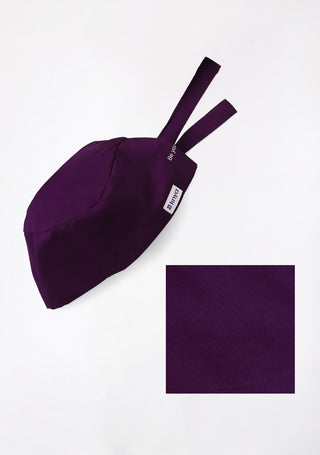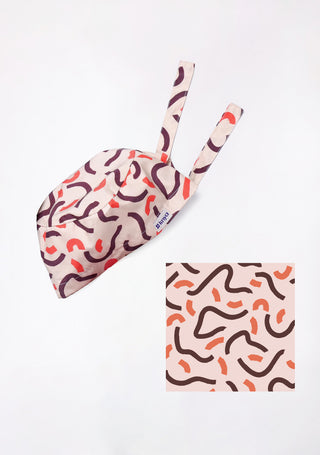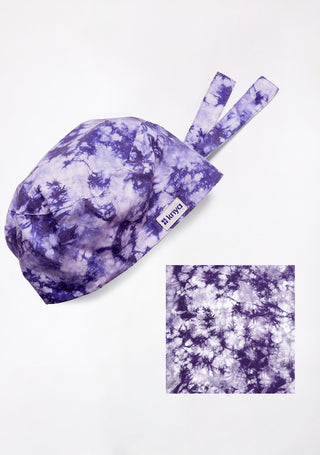Your lab coat and scrubs work harder than most outfits you own. They’ve faced bleach splashes, pen explosions, coffee mishaps, and the occasional tear from brushing past sharp edges. And yet, we expect them to look neat, crisp, and professional every single day.But before you say goodbye to your favorite pair of scrubs or your perfectly fitted lab coat, take a deep breath because small damages don’t mean the end. With a few simple DIY tricks, you can repair minor wear and tear and extend the life of your medical apparel.
Spotting the Common Enemies: What Causes Wear & Tear
The first step in fixing damage is understanding how it happens. In the fast-paced world of healthcare, the usual suspects include:
- Frequent washing with harsh detergents
- Friction from movement or bag straps
- Ink or chemical spills
- Loose threads or snagged fabric
- Small rips from catching on corners or equipment
Over time, these little issues add up. But instead of discarding your scrubs at the first sign of fray, let’s see how you can rescue them with some quick and easy fixes.
Comfort meets style. Explore scrubs for women and discover the perfect fit for your busy day.
Fixing Loose Threads and Small Tears
Loose threads may look harmless, but they can unravel quickly if ignored. Here’s how to handle them:
-
Don’t pull! Gently trim the loose thread close to the surface.
-
Seal it: Apply a drop of clear nail polish or fabric glue at the edge to prevent further fraying.
-
For small tears: Turn the garment inside out, align the edges, and hand-stitch with matching thread using a simple backstitch or whipstitch.
If the tear is at a high-stress area like a pocket or shoulder seam, reinforce the repair by sewing a small patch of matching fabric behind it.
Dealing with Faded or Stained Areas
Nothing ages your lab coat or scrubs faster than stains and faded spots. But before you replace them:
-
For minor fading: Try washing your scrubs in cold water with a mild detergent. Add half a cup of white vinegar in the rinse cycle and it naturally revives color.
-
For stains:
- Ink stains: Dab gently with rubbing alcohol or hand sanitizer.
- Coffee or blood stains: Pre-soak in cold water and hydrogen peroxide before washing.
- Grease stains: Sprinkle baking soda, let it absorb the oil, and then brush off before washing.
Consistent pre-treatment can make your scrubs look newer for longer and keep your whites, actually white.
Reattaching Buttons and Tightening Seams
It’s always that one button that decides to escape at the most inconvenient time. Luckily, sewing it back on takes just a few minutes.
How to fix it:
- Thread a needle with a strong cotton thread.
- Knot one end, and push the needle through the fabric from the back.
- Sew through the buttonholes in a crisscross pattern 5–6 times.
- Secure the thread at the back with a tight knot.
For loose seams, re-stitch the weakened area with small, even stitches. If you’re not confident in sewing by hand, a small handheld sewing machine can be a great investment for healthcare workers who regularly wear uniforms.
For our male healthcare professionals, we offer a wide range of comfortable and stylish scrubs for men, designed to enhance both comfort and professional image
Quick DIY Fixes to Extend Fabric Life
Sometimes, preventive care is the best repair. Here are a few smart habits to make your scrubs and lab coats last longer:
-
Iron with care: Always use medium heat and iron inside-out to avoid shine marks.
-
Avoid overloading the washing machine: It weakens seams faster.
-
Use fabric repair patches: Perfect for covering small holes stylishly bonus points if you match or contrast creatively!
-
Keep a “scrub emergency kit”: Include needle, thread, safety pins, and fabric glue in your locker or bag. You’ll thank yourself one day.
- Rotate your uniforms: Wearing the same pair repeatedly accelerates wear. A 3–4 pair rotation gives each garment rest between washes.
Final Thoughts
You don’t need to be a tailor to fix your scrubs or lab coats, just a bit of patience and a few simple tools. Healthcare apparel is designed to be tough, but a little extra care can make it last twice as long.So next time you find a tear, loose thread, or faded spot, don’t rush to replace your uniform. Repair it, revive it, and wear it with pride. Because every mark, every stitch, and every patch tells a story of long shifts, patient care, and dedication.












